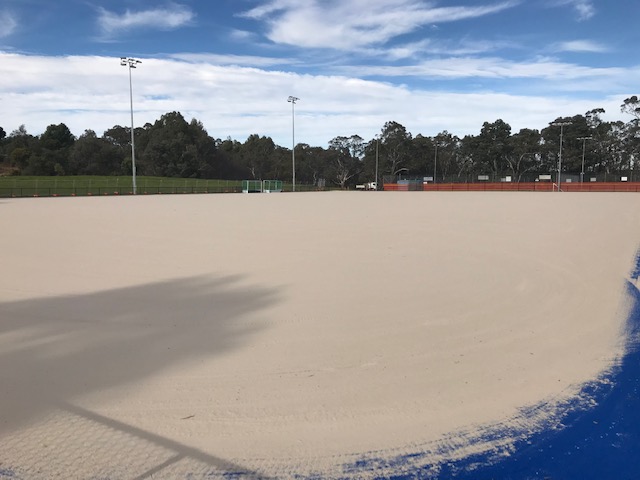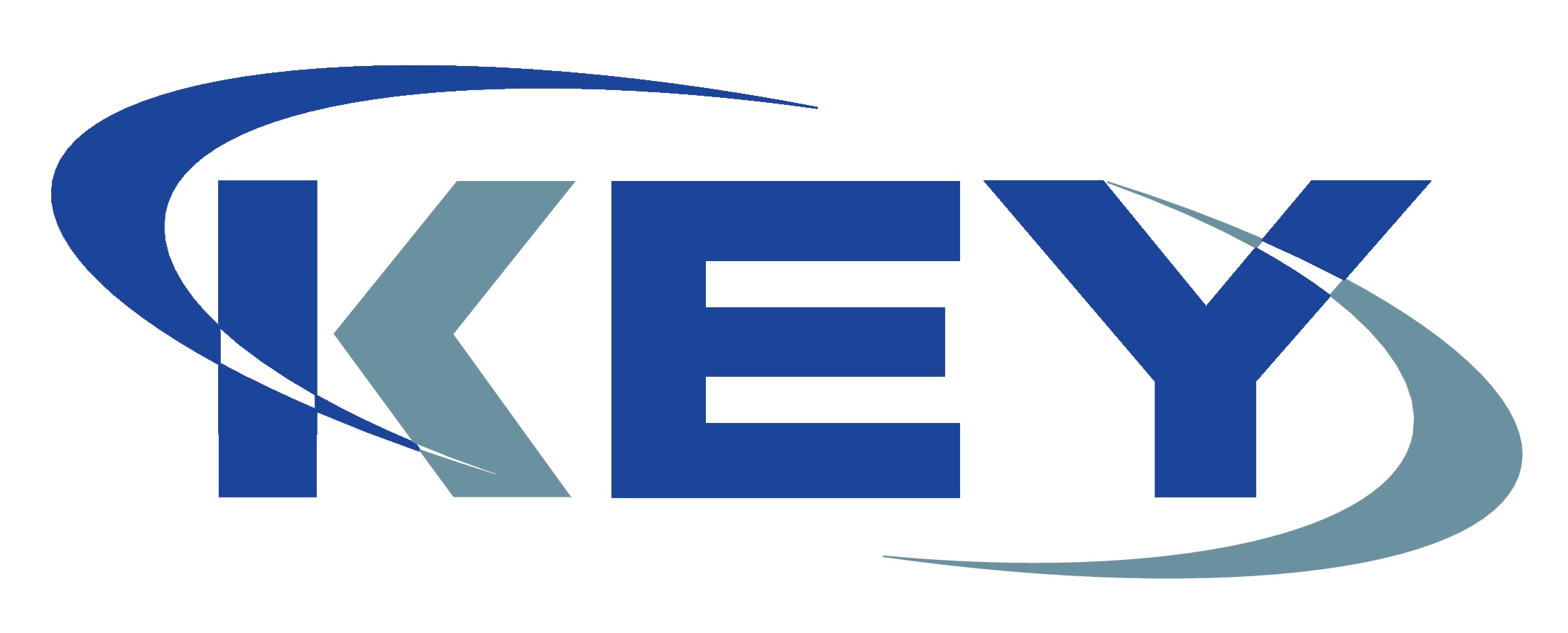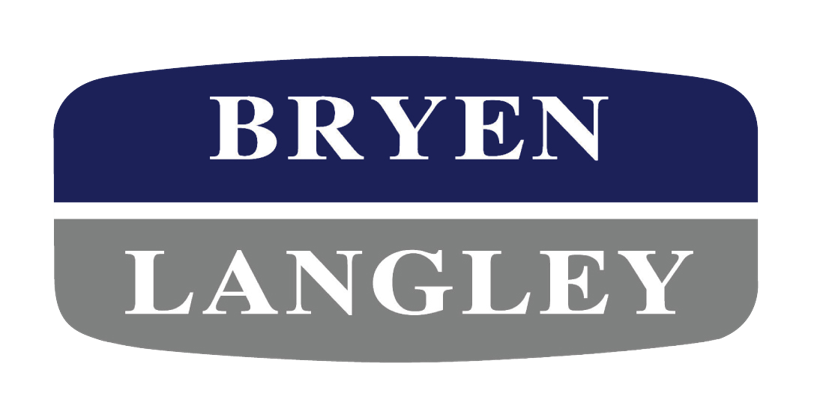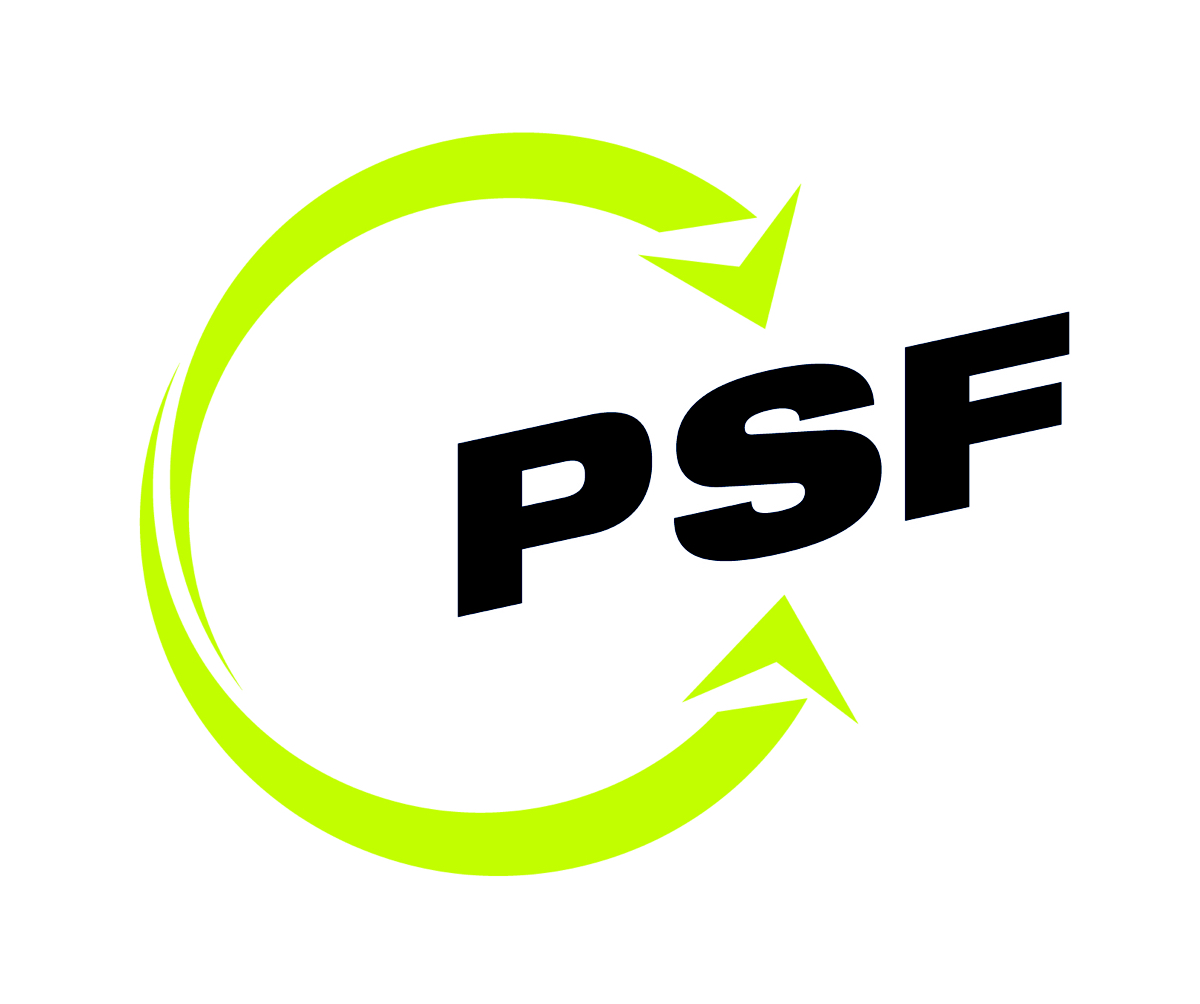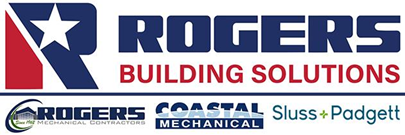Information
-
Document No.
-
Audit Title
-
Client / Site
-
Conducted on
-
Prepared by
-
Location
-
Personnel
1. General Requirement
-
1.1 Is the SSSP and documents up to date
-
1.2 Have sub-contractors safety plans been approved
-
1.3 Is there a site layout diagram, showing the location of safety equipment, emergency assembly points, fire extinguishers and first aid kits.
-
1.4 Have notifiable works been notified to WorkSafe NZ ie Fall greater than 5 meters, working on a ladder only, excavations shafts trenches more than 1.5 meters deep, lifts more than 500kg vertical 5 meters or more, scaffold higher than 5 meters and a excavation face has vertical height more than 5 meters.
-
1.5 Records of regular toolbox talks
-
1.6 Is there evidence that weekly inspection checks are done
-
1.7 is there a trained safety supervisor
-
1.8 All persons inducted
-
1.9 Are all persons competent / trained for their role ie heights, confined space, PATools
-
1.10 Current Site Safe cards or equivalent
-
1.11 SSSP wall chart signed by management
-
1.12 Evidence of hazard ID and controls in place
-
1.13 Task Analysis being carried out for tasks
-
1.14 Have the necessary permits been issued by the appropriate authority
-
1.15 Have site services been identified in safety plan ie underground and over ground
-
1.16 Services company notified before work start
-
1.17 Evidence that accident, incidents and near misses are reported and investigated
-
1.18 Adequate site amenities for staff numbers
-
1.19 Lunch room, toilets cleaned regularly
-
1.20 Fresh and clean water available on site
-
1.21 Is there enough signage on site and are they easy to see and read
-
1.22 Are personnel wearing the correct PPE
2. Access and Egress (Pedestrian Safety)
-
2.1 Are there safe alternative routes around site for pedestrians and vehicles
-
2.2 Are pedestrian access ways clear
-
2.3 Is there visible safety signage on all approach to the work site
-
2.4 Have affected neighbours been notified
3. Hazardous Substances
-
3.1 Is the hazardous substance register up to date
-
3.2 Are Safety Date Sheets maintained and available
-
3.3 Are hazardous substances properly disposed off
-
3.4 Are personnel trained in the use of hazardous substances
-
3.5 Are hazardous substances stored in a safe manner
4. Site Area
-
4.1 Site is enclosed with hoarding and prominent marked access gate
-
4.2 Defined work area and works contained within hoarded site
-
4.3 Is material stored securely and tidy
-
4.4 Is fencing or barriers in place appropriate to the hazard
-
4.5 Access not obstructed, level walk ways, no slips trips and hazards
5. Working at Heights - Harness
-
5.1 Personnel trained in harness use and working at height
-
5.2 Harness, lanyard and lines certified
-
5.3 Anchor points secured/tested by certified person
-
5.4 Lines and lanyards secured correctly
-
5.5 Written rescue/emergency plan for working at height using harnesses
6. Tube and Clip Scaffold
-
6.1 Scaffold tagged and signed off in 7 days
-
6.2 Top hand rail, mid rail and kick-boards installed
-
6.3 Sole boards, base jacks, ties, bracing and rakers fitted
-
6.4 Decking planks fitted and tied down
-
6.5 Stop Ends fitted
7. Aluminium Scaffold
-
7.1 Wheels locked and turned out
-
7.2 Braces correctly fitted
-
7.3 Outriggers fitted when scaffold is higher than 3X width. 2 x outriggers when against wall and 4 x when free standing
-
7.4 Decking/ Handrails/ Kick boards and access ladders fitted
8. Electrical Equipment
-
8.1 Is electrical equipment tested and tagged
-
8.2 Is electrical equipment in good condition
-
8.3 Are multi plugs/adaptors industrial rated
-
8.4 Where required are leads off the floor ie water
9. Emergency Equipment
-
9.1 Fire extinguishers charged and current (Serviced in the last 12 months)
-
9.2 Correct number of extinguishers for the size of site
-
9.3 Is there a First Aid kit available on site (Up to date)
-
9.4 Trained first aider on site
-
9.5 Emergency procedures on site
-
9.6 Has there been emergency evacuation drills carried out
10 Environmental
-
10.1 Environmental protection plan in place
-
10.2 Spill kit on site and training received
-
10.3 Silt ponds fenced and notices displayed
-
10.4 Bunds and decants in place
-
10.5 Spill control for refuelling operations in place
-
10.6 Construction waste being controlled
-
10.7 Dust control in place
-
10.8 Are public roads and footpaths free from mud, concrete or debris
11. Housekeeping
-
11.1 Work area clean and tidy
-
11.2 Slip Trip and Fall hazards controlled
-
11.3 Are materials stored safely
-
11.4 Adequate bins and skips on site
12. Confined Space
-
12.1 is access to work area restricted
-
12.2 Staff trained and competent - Certified
-
12.3 Emergency procedure in place and practised
13. EWP - Elevated Work Platform
-
13.1 Six monthly inspections
-
13.2 Operator trained / competent to use
-
13.3 Area around EWP clear of staff
-
13.4 Staff working inside cage / not standing on rails
14. Plant and Tools
-
14.1 Used correctly and safely
-
14.2 Role over protection structure fitted on plant
-
14.3 Amber beacon operating as per TMP or site requirement
-
14.4 Operator wearing seat belts
-
14.5 Certificate of fitness /WOF / Inspection certificate
-
14.6 Plant/Tools in good working condition
-
14.7 Gears/Chains/Moving parts guarded
15. Traffic Management
-
15.1 Is there an approved Traffic Management Plan (TMP) in place
-
13.2 Is the TMP approved by Auckland Transport
-
15.3 Does the traffic management conform with the TMP
-
15.4 Is a STMS available
16. Excavations and Trenches - deeper than 1.5meters
-
16.1 Access in to excavation safe
-
16.2 Battered sides/ trench shield certified/ shoring safe
-
16.3 Excavations /holes covered or fenced off
-
16.4 Is access to the area restricted
-
16.5 Discharge silt free
17. PAT Tools (Powder Actuated)
-
17.1 Tool certified every 6 months
-
17.2 Operator trained and and certified
-
17.3 Signs displayed
-
17.4 Correct PPE worn ie ear and eye
-
17.5 Safe storage for cartridges
18. Ladders
-
18.1 Lock bars in place
-
18.2 Secure top and bottom / Extended 1meter past access point
-
18.3 Work from 3rd step down
-
18.4 Structurally sound
-
18.5 Is only light work done from a ladder
19. Noise
-
19.1 Correct ear protection used
-
19.2 All are working in accordance with their safe system of work
20. Safety Supervision
-
20.1 Non conformance notice Actions completed?
-
20.1.1Company name and description of non conformance
-
20.2 Action points from previous audit rectified
-
Respond back to the Auditor when recommendations are completed
-
Corrective actions need to be addressed in 7 days from the last audit
-
Name: Date:






